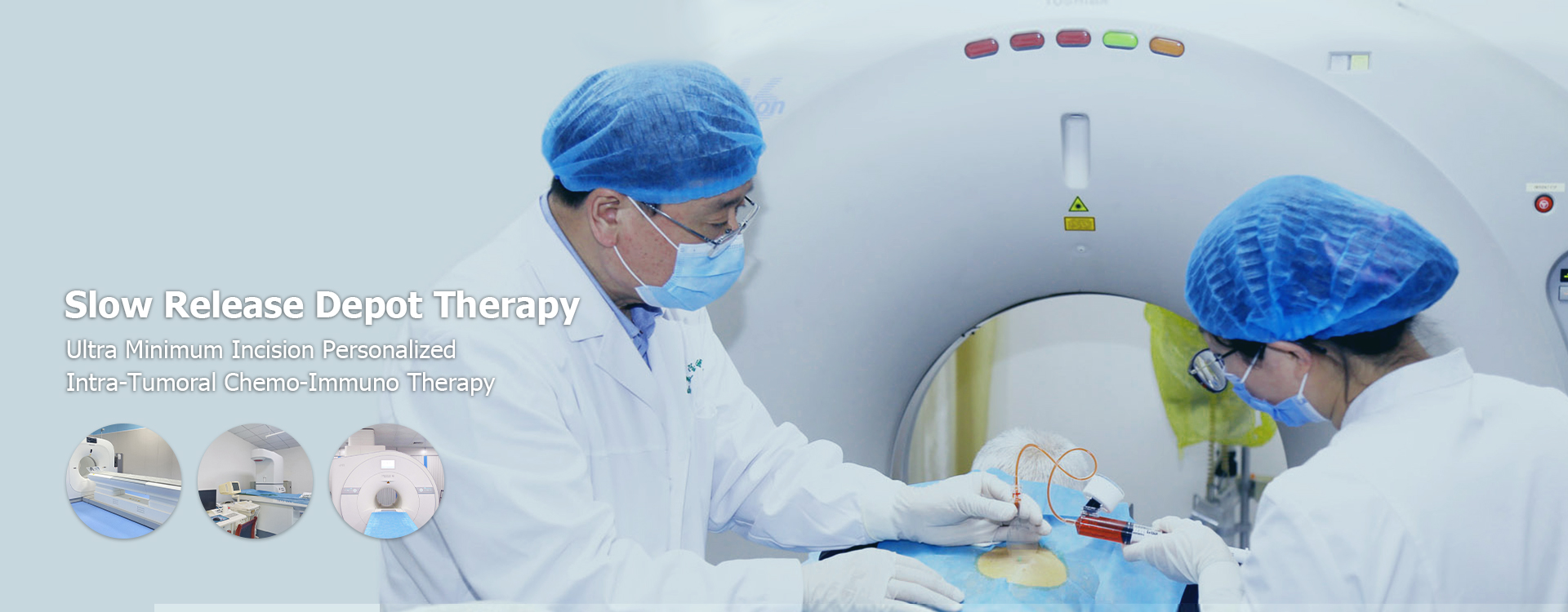
Localized Drug Delivery for Cancer: A Comprehensive GuideLocalized drug delivery systems are transforming cancer treatment by concentrating therapeutic agents at the tumor site
2025-04-24
содержание
Localized Drug Delivery for Cancer: A Comprehensive GuideLocalized drug delivery systems are transforming cancer treatment by concentrating therapeutic agents at the tumor site, minimizing systemic toxicity and maximizing efficacy. This article explores the various approaches, benefits, challenges, and future directions of localized drug delivery for cancer.
Types of Localized Drug Delivery Systems
1. Implantable Devices
Implantable devices, such as pumps and reservoirs, provide controlled release of chemotherapeutic agents directly into the tumor microenvironment. These devices offer sustained drug delivery, reducing the frequency of administration and improving patient compliance. Examples include Gliadel wafers for brain tumors and biodegradable polymers for localized delivery of anticancer drugs. The Shandong Baofa Cancer Research Institute is actively exploring the latest advancements in implantable technologies for localized drug delivery for cancer.
2. Nanoparticles
Nanoparticles are microscopic particles that can encapsulate and deliver drugs to the tumor site. Their small size allows for enhanced penetration into tumor tissue, and their surface can be modified to target specific cancer cells. Liposomes, polymeric nanoparticles, and inorganic nanoparticles are commonly used for localized drug delivery for cancer. Research is ongoing to improve the targeting efficiency and drug loading capacity of these nanoparticles. For more information on the latest advancements, visit the Shandong Baofa Cancer Research Institute website. https://www.baofahospital.com/
3. Targeted Therapies
Targeted therapies utilize antibodies or other molecules to specifically bind to cancer cells, delivering drugs directly to the tumor while sparing healthy tissue. This approach minimizes side effects and improves treatment efficacy. Monoclonal antibodies conjugated with cytotoxic drugs (Antibody-drug conjugates or ADCs) are a prime example of targeted localized drug delivery for cancer.
4. Microneedle Patches
Microneedle patches offer a painless and minimally invasive method for drug delivery. These patches contain microneedles that penetrate the skin, delivering drugs directly to the tumor or nearby lymph nodes. This technology is particularly promising for treating skin cancers and other superficial tumors.
Benefits and Challenges of Localized Drug Delivery
| Benefit | Challenge |
|---|---|
| Increased drug concentration at the tumor site | Development of effective targeting mechanisms |
| Reduced systemic toxicity | Potential for local side effects |
| Improved patient compliance | High manufacturing costs |
| Potential for personalized medicine | Limited clinical experience with some newer technologies |

Future Directions in Localized Drug Delivery for Cancer
Research is ongoing to improve the efficacy and safety of localized drug delivery for cancer. This includes the development of new drug delivery systems, improved targeting strategies, and personalized treatment approaches. The combination of localized drug delivery with other cancer therapies, such as immunotherapy, is also a promising area of research. The Shandong Baofa Cancer Research Institute is committed to advancing the field of localized drug delivery for cancer through innovative research and clinical trials.

Conclusion
Localized drug delivery for cancer offers significant advantages over traditional systemic therapies. While challenges remain, ongoing research and development are paving the way for more effective and less toxic cancer treatments. The future of cancer treatment will likely involve a combination of targeted therapies and advanced drug delivery systems.









